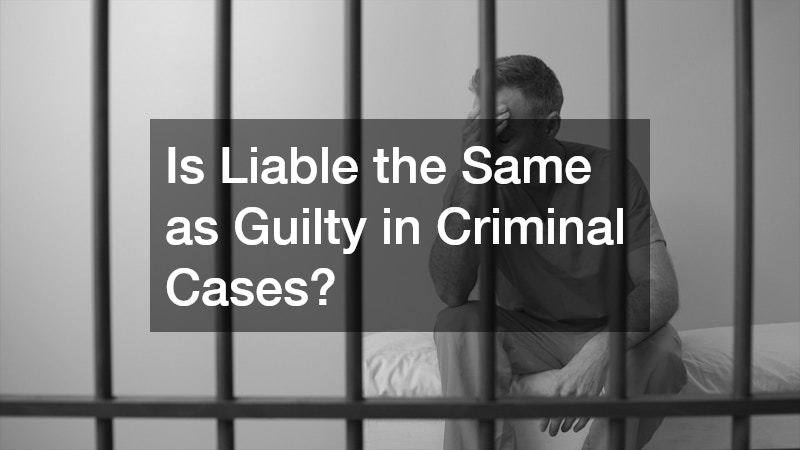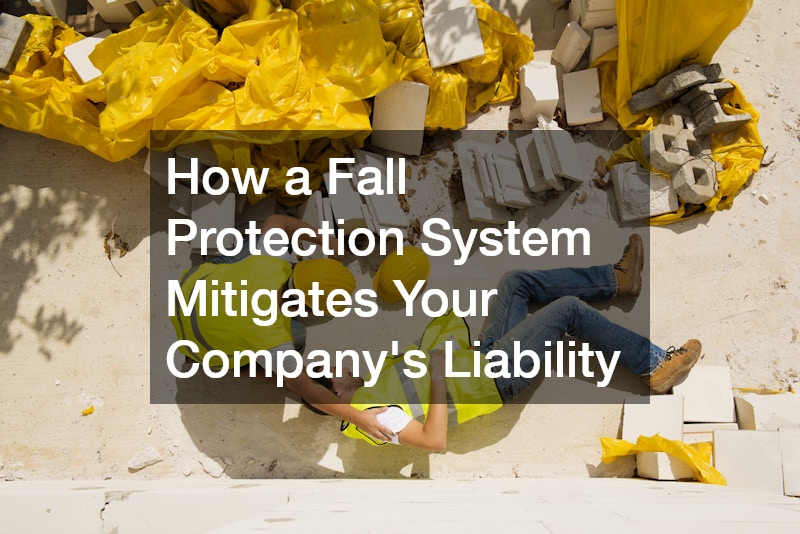- Use eco-friendly products to reduce the number of harmful chemicals entering the water system.
- Properly dispose of hazardous materials to prevent them from polluting water sources.
- Conserve water by being mindful of how it is used.
- Support local water initiatives through volunteering, donations or spreading awareness.
- Have a stormwater pollution prevention plan to protect water sources.
Clean water is a precious resource essential for human survival, but it’s becoming increasingly scarce due to pollution and other factors. As a member of your community, there are steps you can take to promote cleaner water sources and help protect the environment. Here are five tips to get you started.
1. Use Eco-Friendly Products
One way to promote cleaner water sources is to use eco-friendly products. Many household cleaners, soaps, and shampoos contain chemicals that can harm the environment and water sources. These chemicals can get into the water supply through runoff and wastewater. By switching to eco-friendly products, you can help reduce harmful chemicals entering the water system. Look for products that are labeled as biodegradable or environmentally friendly.
You can make your own using simple ingredients like vinegar and baking soda when cleaning products. These products are not only eco-friendly but also affordable and effective. By switching to eco-friendly products, you’ll do your part to promote cleaner water sources.
2. Properly Dispose of Hazardous Materials
Another way to promote cleaner water sources is to dispose of hazardous materials properly. These items should not be thrown in the trash or flushed down the toilet. Instead, they should be taken to a hazardous waste disposal facility.
If you’re unsure how to dispose of a particular item, check with your local waste management facility. They can guide how to dispose of hazardous materials in your area properly. Properly disposing of hazardous materials can help prevent them from polluting water sources.
Here are some hazardous materials to dispose of:
Batteries

Batteries are toxic to the environment and should never be thrown in the trash or flushed down the toilet. Instead, you should take them to a hazardous waste disposal facility. There may also be special collection containers for batteries at stores where they are sold — check with your local store for more information.
Electronics
Electronics have a range of hazardous materials inside them that can harm water sources if they end up being thrown in landfills or dumped into sewers. To properly dispose of electronics, take them to an e-waste recycling center. These centers will safely dismantle and recycle these items, so they don’t end up in your waters.
Chemicals
Chemicals like paints, solvents, and other cleaning products can be hazardous to the environment if disposed of improperly. To dispose of these items safely, take them to a hazardous waste disposal facility or special collection locations that accept these materials.
Other Materials
Other hazardous materials in your home, such as light bulbs and oil-based products, may need to be disposed of properly. Check with your local waste management facility for information on properly disposing of these items in your area. Doing so will help keep your water sources clean and free from pollution.
3. Conserve Water

Conserving water is another way to promote cleaner water sources. Many areas of the world are experiencing water scarcity, and conserving water can help ensure enough for everyone. There are many ways to conserve water, such as fixing leaks, taking shorter showers, and using a water-efficient washing machine.
You can also conserve water by being mindful of how you use it. For example, when brushing your teeth, turn off the water while you’re brushing instead of letting it run. When washing dishes, fill the sink with soapy water instead of letting the water run continuously. By conserving water, you can help reduce the amount of water that needs to be treated and processed, which can help promote cleaner water sources.
4. Support Local Water Initiatives
Supporting local water initiatives is another way to promote cleaner water sources in your community. Many communities have organizations and initiatives dedicated to protecting water sources and promoting conservation. These organizations may work on projects such as cleaning up local waterways, promoting conservation education, or advocating for policies that protect water sources.
You can support these initiatives by volunteering, donating money, or simply spreading the word about their work. By supporting local water initiatives, you can help make a difference in your community and promote cleaner water sources for everyone.
5. Have a Stormwater Pollution Prevention Plan
An effective stormwater pollution prevention plan is another way to promote cleaner water sources. Stormwater runoff can carry pollutants into water sources, so it’s important to have a plan to prevent pollution. A stormwater pollution prevention plan can include using permeable pavement, installing rain gardens, and properly disposing of pet waste.
If you’re a business owner, you may be required to have a stormwater pollution prevention plan by law. Even if you’re not required to have one, having a plan can help ensure you’re doing your part to prevent stormwater pollution. By having a plan, you can help protect your local water sources and promote cleaner water sources in your community.
In Closing
By following these five tips, you can help promote cleaner water sources in your community and ensure everyone can access safe drinking water. So take action today to make a difference for future generations. Your efforts will contribute to a healthier environment and help protect the water sources people all depend on.










